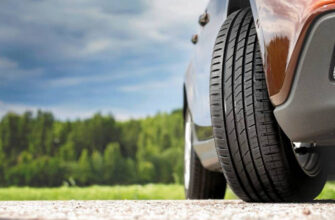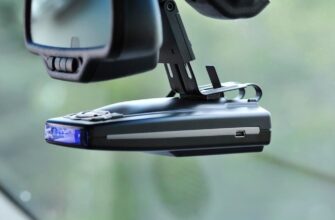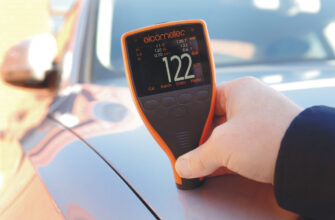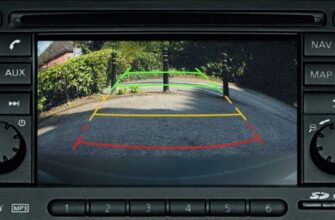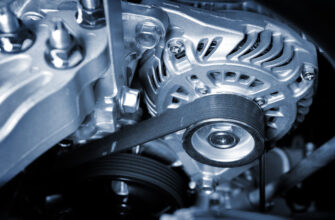The tradition of celebrating any of the holidays with the obligatory use of alcohol is characteristic not only of Russians, but also of many peoples of the world. And all would be fine, but not everyone can control the amount of alcohol consumed. The characteristics of the body, metabolism and other factors affecting the absorption of alcohol are individual, and therefore it is impossible to talk about any specific time during which it is not recommended to get behind the wheel due to the presence of alcohol in the blood. It is for this reason that many motorists prefer to have a device such as a breathalyzer in the glove compartment, with which you can instantly assess the state of your body and determine whether you can get behind the wheel or you need to give your body some more time to rest.
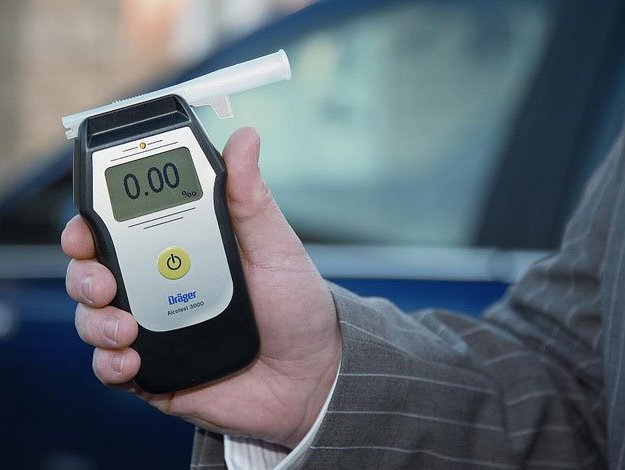
- The best manufacturers. Which brand of breathalyzer to choose?
- The principle of operation and types of breathalyzers
- Types of breathalyzers
- Semiconductor breathalyzers
- Electrochemical breathalyzers
- Photometric breathalyzers
- Breathalyzer selection parameters
- Measurement range and measurement units
- Allowable number of measurements in a certain period of time
- Method of affecting the sensor
- Breathalyzer error
The best manufacturers. Which brand of breathalyzer to choose?
Nowadays, it is not difficult to find a suitable breathalyzer – there are a large number of devices from various manufacturers on the market. All of them are capable of performing the functions assigned to them and making measurements with a high degree of accuracy. Preference should be given to those devices that are officially attorneys and that are used in various medical and law enforcement institutions for medical examination. Naturally, we are not talking about full-fledged laboratory complexes; portable models of the following brands should be chosen:
-
AlcoHunter
-
Dingo
-
Sitytec;
-
Tigon;
-
Drager;
The manufacturers described above produce a large number of different devices that differ in functionality and cost. In order to make an informed choice, you should familiarize yourself not only with the characteristics of a particular device, but also with the reviews of users who have this or that device.
The principle of operation and types of breathalyzers
We all know that in the process of absorption of alcohol in the blood, some of it certainly enters the lungs and is excreted along with carbon dioxide. The more a person has consumed alcohol, the higher the percentage of ethyl alcohol vapors in the exhalation of a person. A breathalyzer is a device designed to measure the alcohol content in a person's exhalation. For this purpose, a person for a certain time is forced to blow on a special sensor, and the device, having processed the information received, displays data on the amount of alcohol. In many countries around the world, 0.3 ppm is considered an acceptable limit. If the indicator exceeds these figures, then the person is in a state of alcoholic intoxication with all the ensuing consequences.
Who can benefit from a breathalyzer? Firstly, the driver himself, who wants to assess his own condition before getting behind the wheel. Secondly, for caring parents who do not want their children to drink alcohol-containing drinks – all that is required from a son or daughter should be blown on a breathalyzer, after which everything will fall into place. Well, and thirdly, of course, to the head of the enterprise, who assesses the condition of the workers, or to the doctor who allows drivers to enter the line or on the flight. Such a medical examination does not take much time and clearly shows a sober person or not quite.
Despite the general principle of operation of breathalyzers, such devices can take readings in different ways.
Types of breathalyzers
Semiconductor breathalyzers

The most budgetary and compact size, which is great for ordinary household use. As a rule, they run on batteries and cope with their tasks with interest. The disadvantages of such devices include low measurement accuracy and a tangible error. The most budget devices of such a plan, in fact, are only suitable for determining whether alcohol is present in the exhaled air or not; as a rule, we are not talking about its specific quantities.
Electrochemical breathalyzers

More advanced devices based on the electrochemical principle of analyzing exhaled air. Such devices are almost always equipped with interchangeable mouthpieces for personal measurements and are characterized by high accuracy of measurements, as evidenced by various certificates of conformity issued by certification laboratories. There is only one drawback of such devices – high cost.
Photometric breathalyzers
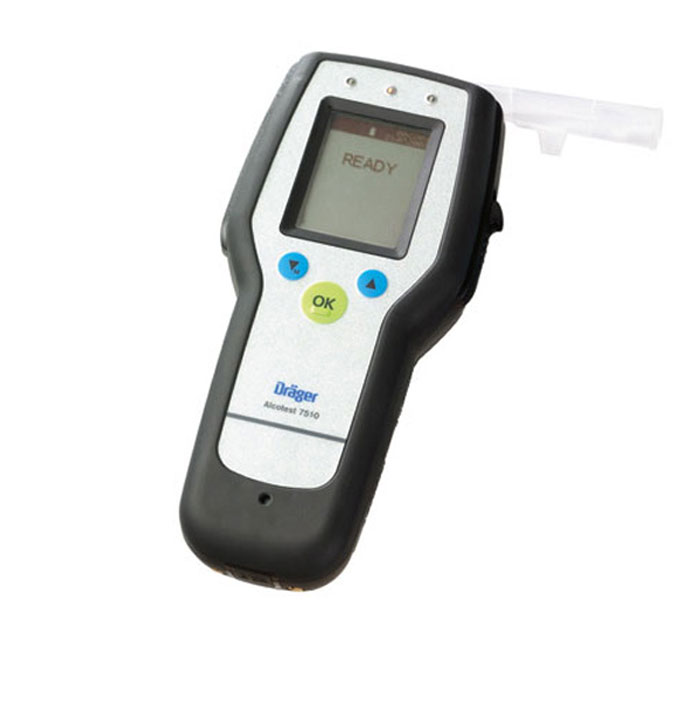
Devices, the principle of operation of which is considered to be quite advanced and accurate – the error of photometric devices is minimal. Such breathalyzers are characterized by miniature dimensions, operate on batteries or built-in accumulators, as well as from a network of 12 or 220 volts. The disadvantages also include the high cost and the need for regular maintenance and verification, and therefore such models are popular, mainly among the management personnel of enterprises, they can also be found in the use of police officers and ambulance services.
Breathalyzer selection parameters
In addition to the principle of operation underlying a specific device, all breathalyzers, without exception, have a set of technical characteristics that directly affect the functionality of the device and can impose restrictions on operation under certain conditions.
Measurement range and measurement units
Currently, a variety of devices can be found on sale, the measurement range of which is indicated in milligrams per liter of exhaled air, in ppm, or as a percentage of alcohol volume to the volume of exhaled air. Formulas for converting some values into others exist, but they are not very convenient to use. It is for this reason that it is best to buy a breathalyzer that measures in ppm. First of all, because the entire regulatory framework of state institutions is 'tailored' to this unit of measurement.
Allowable number of measurements in a certain period of time
The device of modern breathalyzers is such that they assume a certain number of measurements per day. Exceeding this threshold is fraught with sensor failure and expensive repairs as a result. In addition, the more measurements a device allows, the more expensive its cost. However, there is a reasonable limit here: if a breathalyzer is bought for one's own needs, a model capable of making up to 8-10 measurements per day is enough. On the other hand, when choosing a device for industrial operation, or for the needs of the police or a healthcare institution, one should prefer a model that does not have such restrictions – who knows how many measurements will have to be performed?
Method of affecting the sensor
According to this parameter, contact and non-contact breathalyzers are distinguished. The former imply the presence of a special disposable mouthpiece, while the latter assume that the user will blow into a special hole. As a rule, contact breathalyzers are entirely professional models that provide high quality measurements. Conversely, non-contact models are excellent for home use and are characterized by a low price.
Breathalyzer error
Regardless of the type of a specific device and the principle of its operation, all breathalyzers have a certain range of error. It is connected with the characteristics of the sensor itself, as well as with the imperfection of the measurement conditions. However, even household semiconductor breathalyzers have a relatively small error and are capable of providing quite acceptable measurement accuracy. Professional models, which are verified in special calibration centers and laboratories annually, have an error that is close to zero – the specificity of operation, which requires the most accurate and objective results, affects. It is for this reason that the devices at the disposal of the police and ambulance officers are checked and calibrated at regular intervals, and can guarantee the utmost accuracy of the results.
!
In the next article, we will reveal all the secrets of choosing the right radar detector for your car.
Attention! This material is the subjective opinion of the authors of the project and is not a purchase guide.



